30 Proven Benefits of Commercial Led Technology for Sustainable Business Growth
In today's fast-paced and environmentally-conscious business landscape, the integration of Commercial Led technology stands out as a pivotal strategy for fostering sustainable growth. With a diverse range of proven benefits, businesses adopting Commercial Led solutions not only enhance operational efficiency but also significantly reduce their carbon footprint. This innovative lighting technology, characterized by its energy efficiency and longevity, serves as a catalyst for reducing energy costs and improving overall productivity. Furthermore, leveraging Commercial Led systems aligns with the growing demand for corporate responsibility and sustainability, allowing companies to appeal to eco-conscious consumers and stakeholders. As industries evolve, this article explores 30 compelling reasons why Commercial Led technology is not merely a trend but a critical component in driving sustainable business practices and ensuring long-term success in an increasingly competitive market.
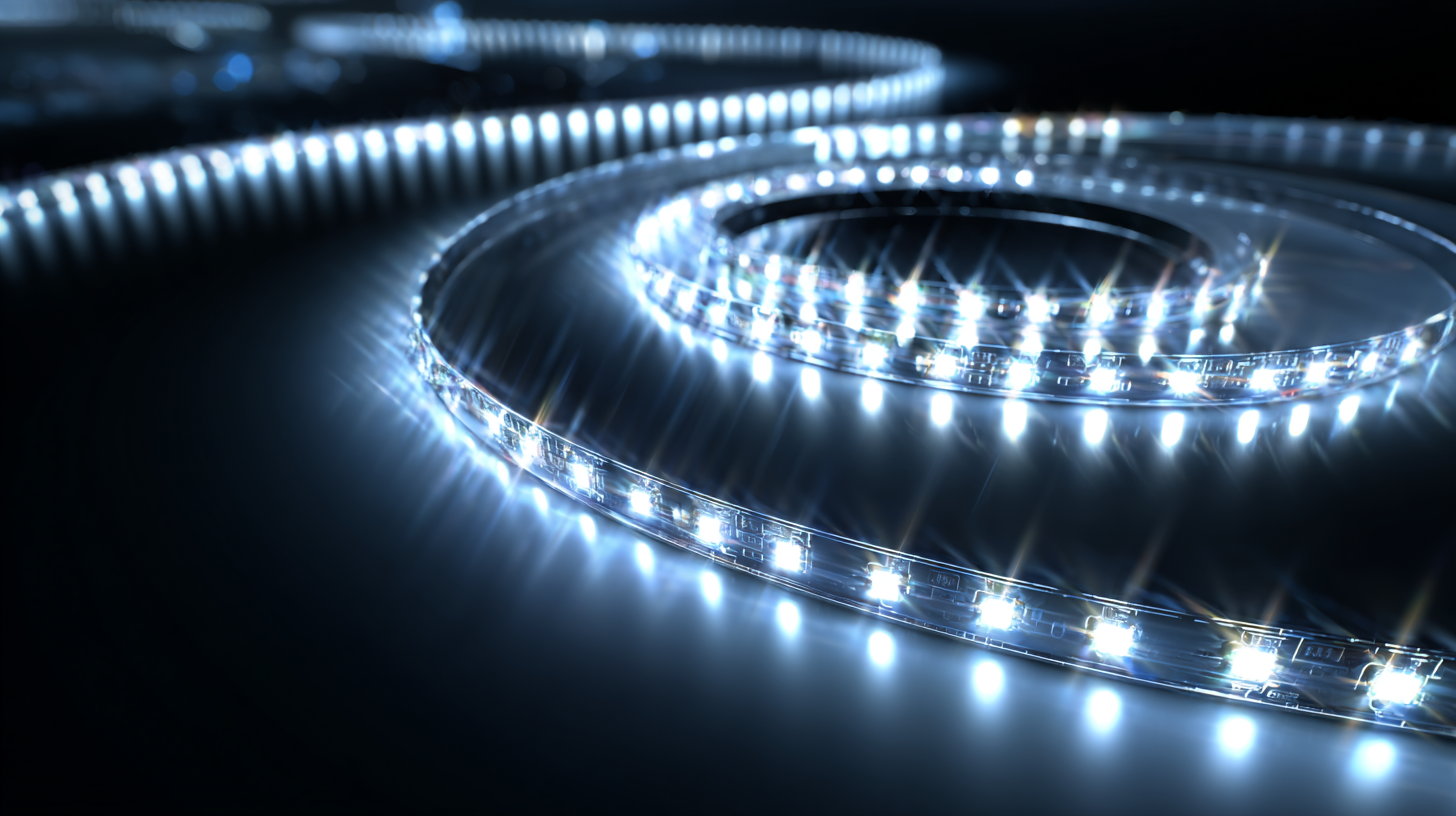
Benefits of Enhanced Energy Efficiency Through Commercial LED Technology: A Case Study in Power Reduction
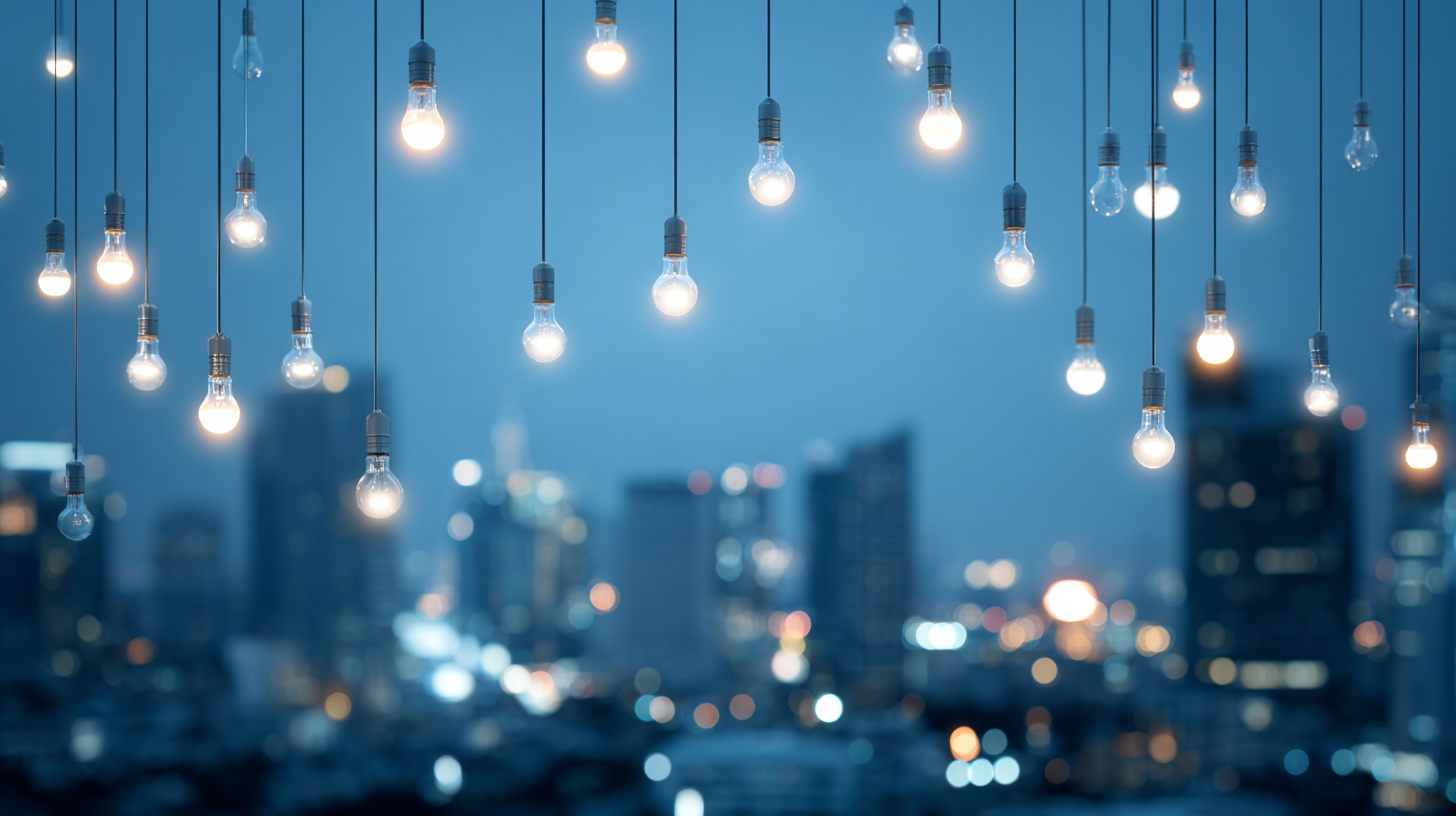 The shift to commercial LED technology has revolutionized energy efficiency within various industries, propelling sustainable business growth. According to a report from the U.S. Department of Energy, LED lighting is at least 75% more energy-efficient than conventional incandescent lighting. This efficiency translates into substantial cost savings for businesses, with the potential for reduced energy bills by as much as 50% when switching to LED systems.
The shift to commercial LED technology has revolutionized energy efficiency within various industries, propelling sustainable business growth. According to a report from the U.S. Department of Energy, LED lighting is at least 75% more energy-efficient than conventional incandescent lighting. This efficiency translates into substantial cost savings for businesses, with the potential for reduced energy bills by as much as 50% when switching to LED systems.
A prominent case study involving a large retail chain revealed an impressive power reduction of 60% after retrofitting their facility with LED lighting. This transformation not only improved the overall ambience of the stores, enhancing customer experience and sales, but it also resulted in a significant decrease in the company's carbon footprint. Furthermore, the swift adoption of LED technology aligns with sustainability goals, showcasing how responsible business practices can be integrated into operational strategies for lasting impact. As industries continue to embrace LED solutions, the long-term benefits underline the importance of energy efficiency in promoting a sustainable future for businesses.
Impact of Long Lifespan of LED Lighting on Maintenance Costs and Resource Allocation for Businesses
The long lifespan of LED lighting is a game changer for businesses aiming to enhance sustainability while minimizing costs. Unlike traditional lighting solutions that require frequent replacements, LED technology can last up to 25,000 hours or more. This significantly reduces maintenance costs and labor associated with changing bulbs. With less downtime and disruption, businesses can allocate resources more efficiently, focusing on core activities rather than upkeep.
**Tips**: Regularly assess the effectiveness of your existing lighting and consider transitioning to LEDs. Invest in high-quality LED fixtures initially to maximize lifespan and reduce long-term expenses.
Moreover, the impact of LED lighting extends beyond just maintenance. By choosing energy-efficient lighting, companies can reduce their overall energy consumption, leading to lower utility bills. This resource reallocation toward energy savings not only benefits the bottom line but also underscores a commitment to environmental responsibility.
**Tips**: Utilize smart lighting controls to further optimize energy use. Dimming options and occupancy sensors can complement LED installations, amplifying savings and extending the life of your lighting system.

The Role of LED Technology in Reducing Carbon Footprint and Supporting Corporate Sustainability Goals
LED technology plays a crucial role in reducing the carbon footprint of businesses, making it an essential component of corporate sustainability strategies. By replacing traditional lighting systems with energy-efficient LED solutions, companies can significantly decrease their energy consumption. This not only lowers utility costs but also reduces greenhouse gas emissions associated with electricity generation. For instance, LEDs consume up to 75% less energy than incandescent bulbs, which translates into lower carbon emissions and a smaller environmental impact.
Furthermore, the longevity of LED lights contributes to sustainability efforts. With a lifespan of up to 25,000 hours, LED lights require less frequent replacements compared to conventional lighting options. This decrease in waste is vital for businesses striving to minimize their ecological footprint. Additionally, many LED products are now manufactured using sustainable materials and processes, enhancing their viability as an eco-friendly alternative. By integrating LED technology, companies can align their operations with sustainability goals, fostering a greener future while also benefiting from improved operational efficiency.
Economic Advantages of Switching to LED: Analyzing ROI and Total Cost of Ownership for Companies
Switching to LED technology offers significant economic advantages for businesses, primarily through a better return on investment (ROI) and decreased total cost of ownership. LED lights are known for their energy efficiency, consuming up to 80% less energy than traditional lighting systems. This reduced energy consumption leads to lower utility bills, allowing companies to allocate resources more effectively toward growth and innovation. Additionally, the longer lifespan of LED bulbs—often lasting 15 times longer than incandescent bulbs—means less frequent replacements and maintenance costs, directly impacting the bottom line.
**Tips:** To maximize the benefits of LED lighting, consider conducting a thorough analysis of your current lighting expenses and usage patterns. Implementing smart lighting controls and sensors can further enhance energy savings, ensuring lights are only on when needed. Regularly reviewing energy audits can also help identify additional opportunities for cost reductions.
Investing in commercial LED technology is not just about energy savings; it represents a strategic move toward sustainability that can attract environmentally conscious consumers. Companies that prioritize eco-friendly practices often see enhanced brand loyalty and increased market share. Embracing LED technology not only contributes to a greener future but also solidifies a company’s position as a leader in sustainable business practices.
Economic Advantages of Switching to LED Technology
Integration of Smart LED Systems: Boosting Operational Efficiency and Employee Productivity in Workspaces
The integration of smart LED systems in workspaces presents a transformative avenue for enhancing operational efficiency and employee productivity. By utilizing advanced lighting technology, businesses can not only reduce energy consumption but also create a more conducive work environment. Smart LEDs are designed to adjust automatically based on natural light availability, ensuring optimal brightness levels throughout the day. This adaptive lighting reduces eye strain and fatigue among employees, fostering a healthier workplace that promotes better focus and creativity.
Additionally, smart LED systems can be programmed for various functions, such as changing colors to influence mood or alertness. For instance, warmer light tones during relaxed periods can foster collaboration and creativity, while cooler, brighter lights can enhance concentration during critical tasks. Integrating these systems simplifies energy management, allowing companies to monitor and control lighting remotely, leading to further reductions in operational costs. As businesses continue to seek sustainable and efficient solutions, the implementation of smart LED technology emerges as a vital strategy for supporting employee well-being and driving long-term growth.
30 Proven Benefits of Commercial Led Technology for Sustainable Business Growth
| Benefit | Description | Impact on Operations | Employee Productivity |
|---|---|---|---|
| Energy Efficiency | Reduction in energy consumption and costs. | High | Moderate |
| Long Lifespan | LEDs last significantly longer than traditional bulbs. | High | Low |
| Reduced Maintenance Costs | Less frequent replacements lead to lower maintenance. | High | Moderate |
| Improved Lighting Quality | Better color rendering and uniformity. | Moderate | High |
| Smart Controls | Integration with smart systems for automation. | High | High |
| Environmental Benefits | Lower carbon footprint and reduced waste. | High | Low |
| Enhanced Safety | Brighter lighting improves workplace safety. | Moderate | Moderate |
| Customizable Lighting Solutions | Tailored lighting solutions for specific needs. | Moderate | High |
| Higher Employee Satisfaction | Better lighting conditions lead to happier employees. | Low | High |
| Adaptable to Different Environments | Suitable for various business types and settings. | Moderate | Moderate |
Related Posts
-
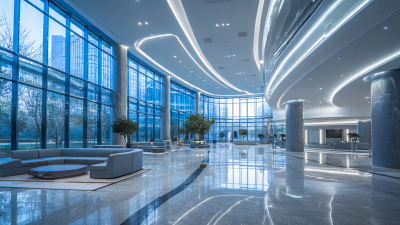
How to Choose the Best Commercial LED Solutions for Maximum Energy Efficiency and Cost Savings
-
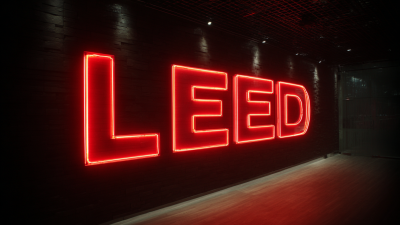
Discover China's Smart Manufacturing Driving Global Demand for Quality Best Commercial LED Solutions
-

Navigating Global Standards for Importing Commercial Led Fixtures
-
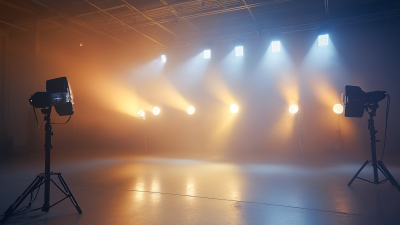
Innovative Solutions Beyond Industrial Led Spotlights for Effective Lighting
-
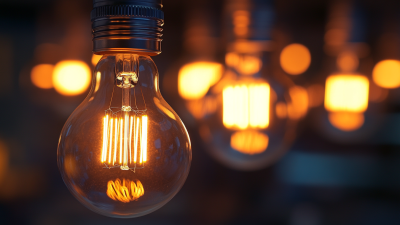
Navigating Tariff Challenges: China’s Resilient Growth in Best Led Fixtures Amidst US-China Trade Tensions
-

Navigating Import Export Certifications for the Best Commercial Led Fixtures
